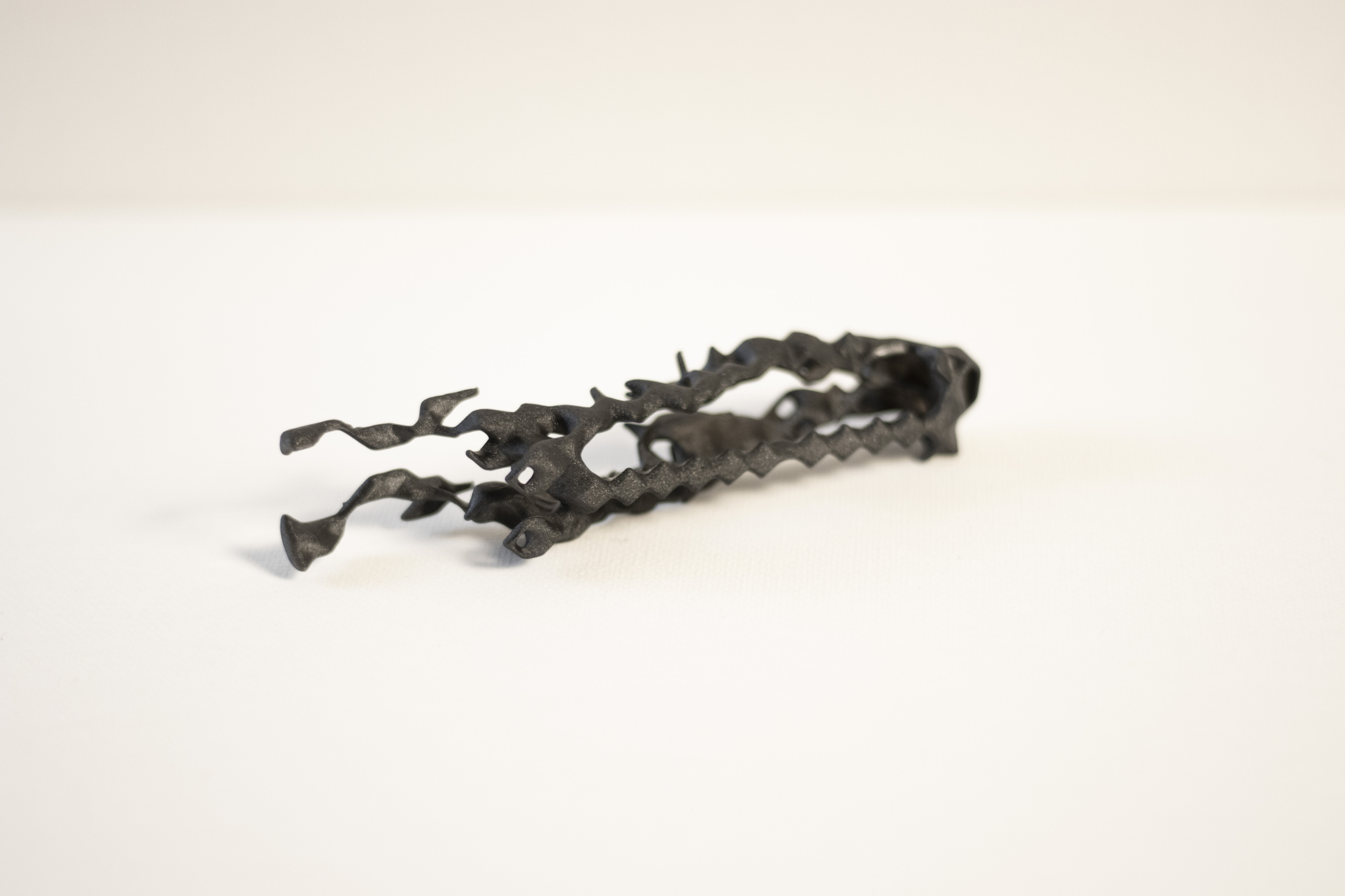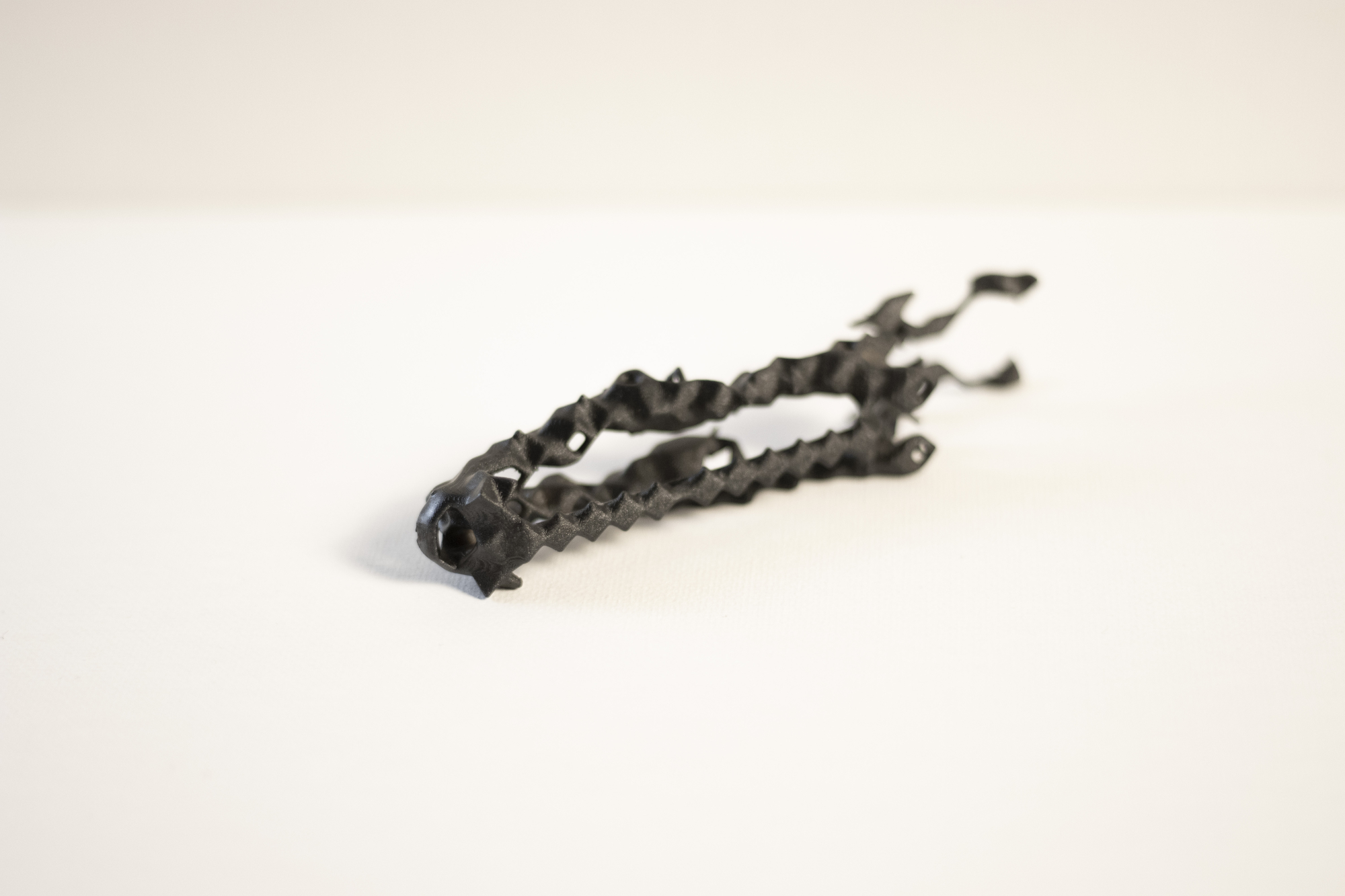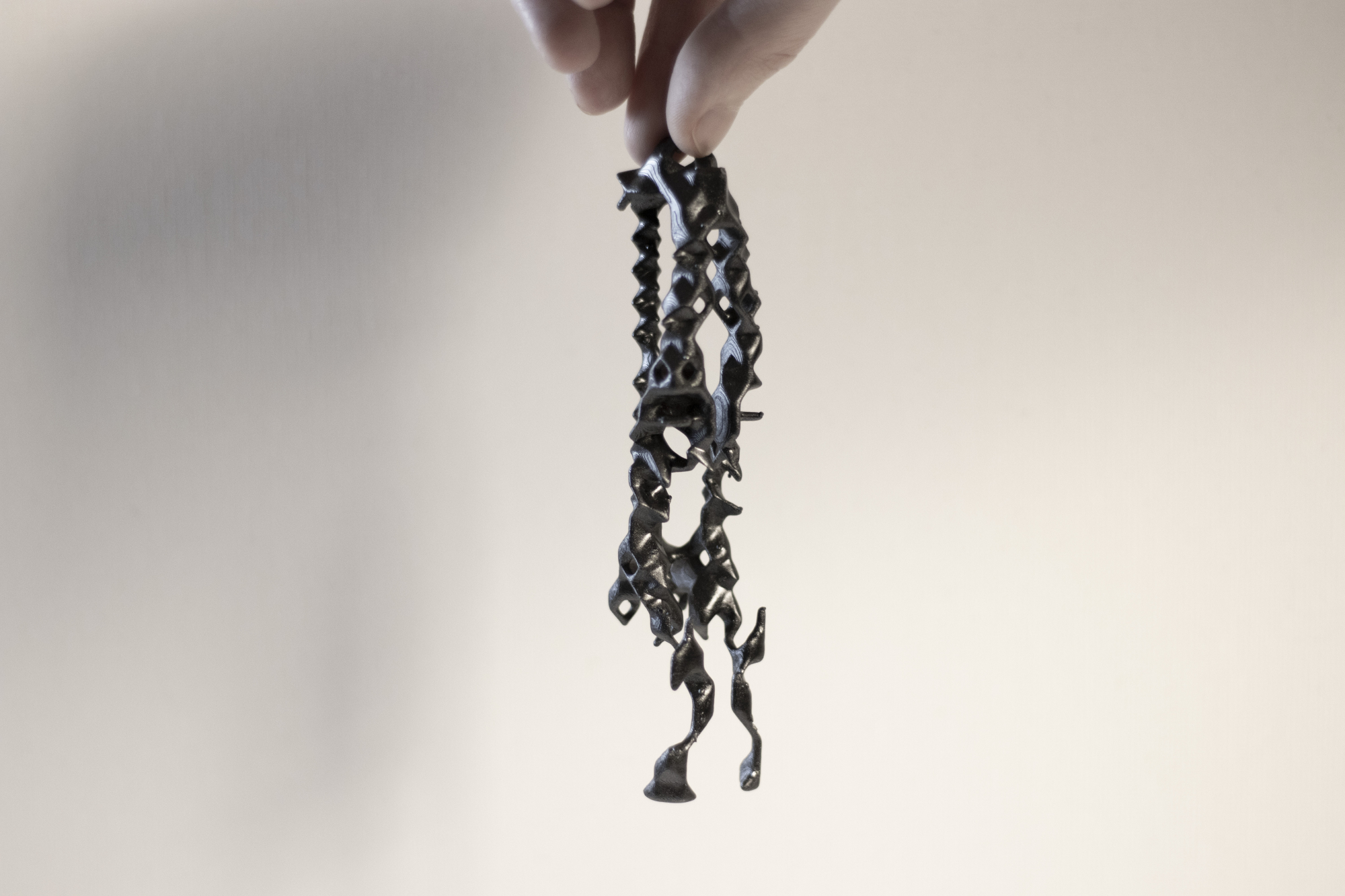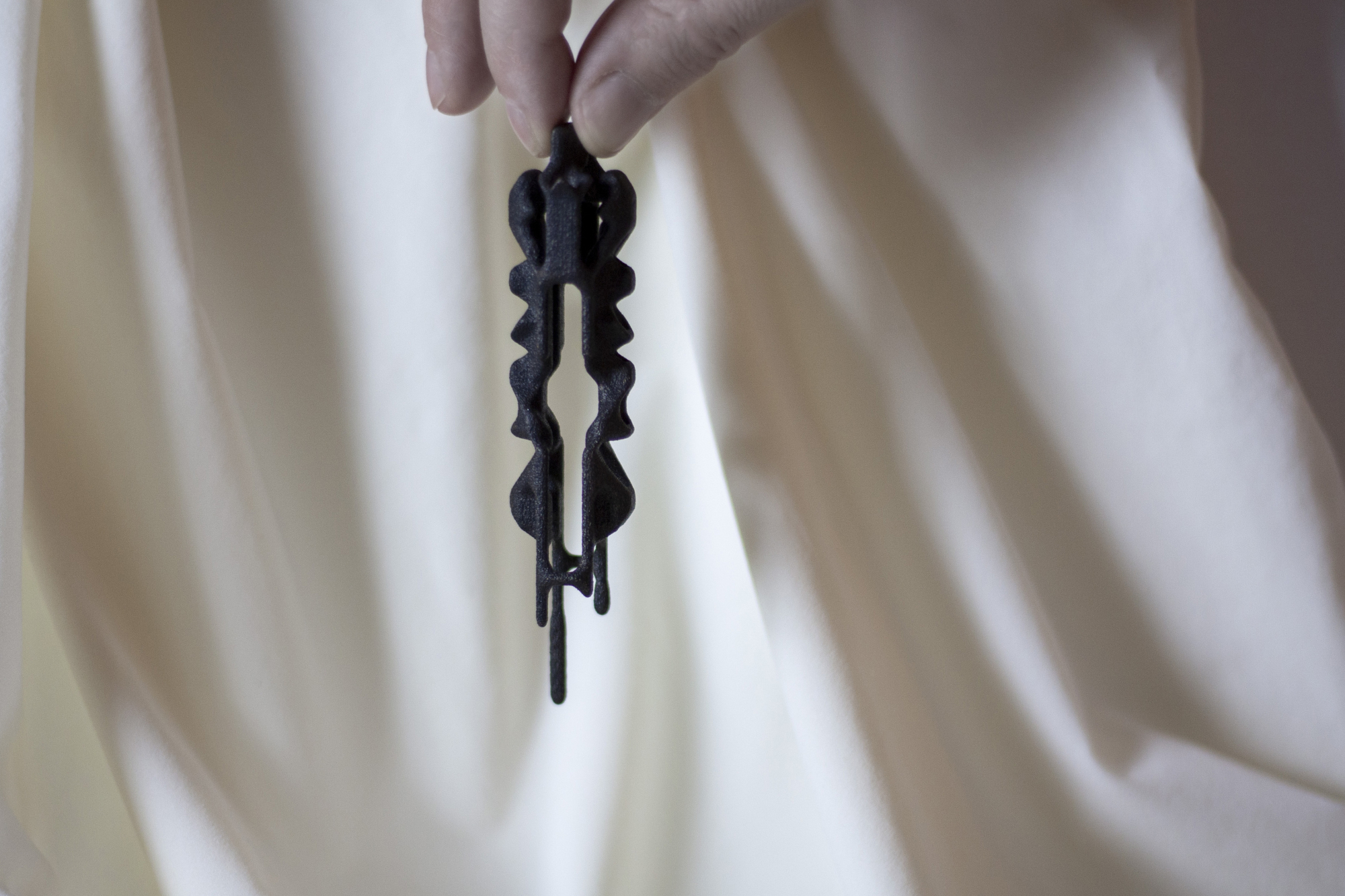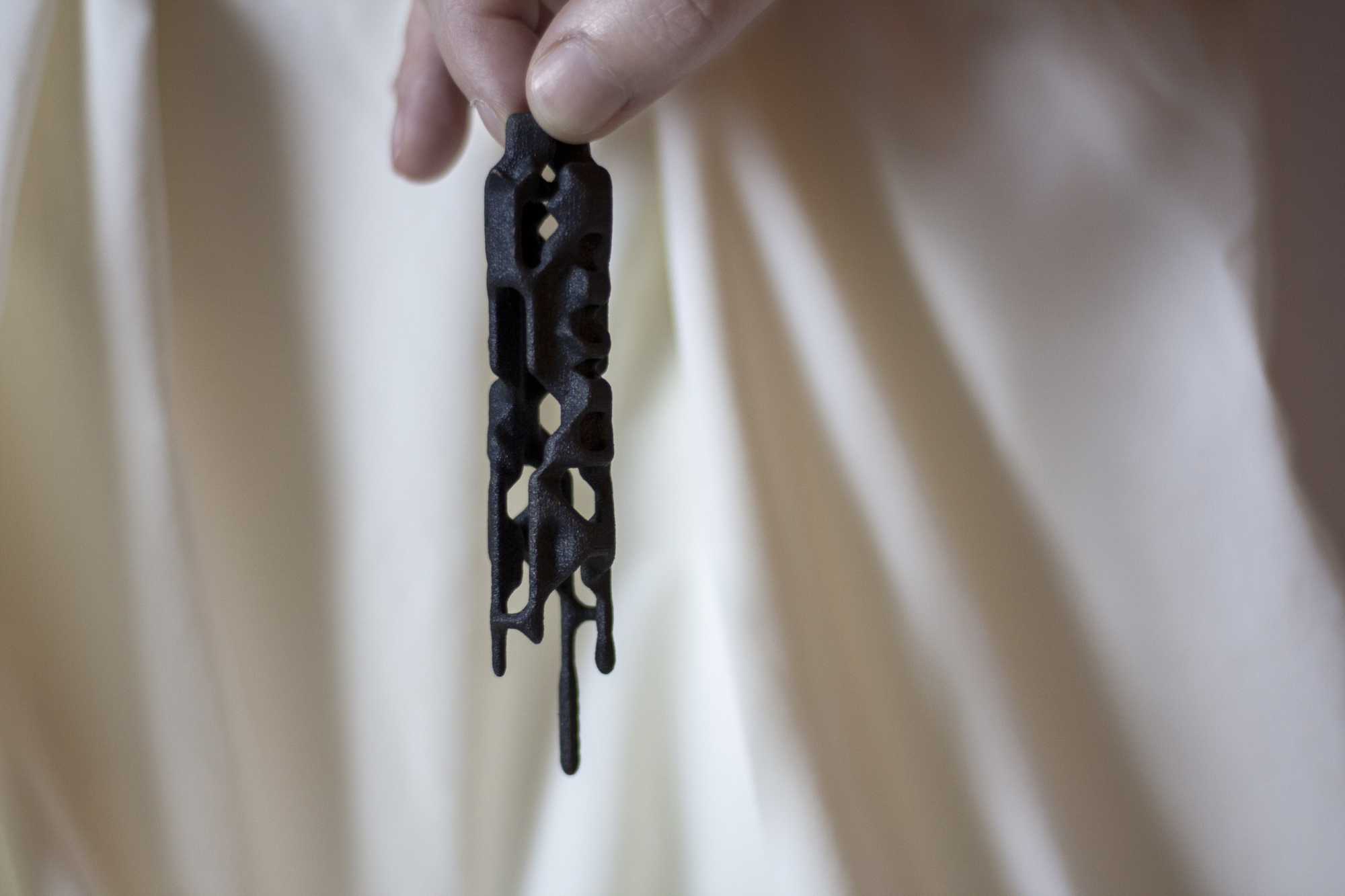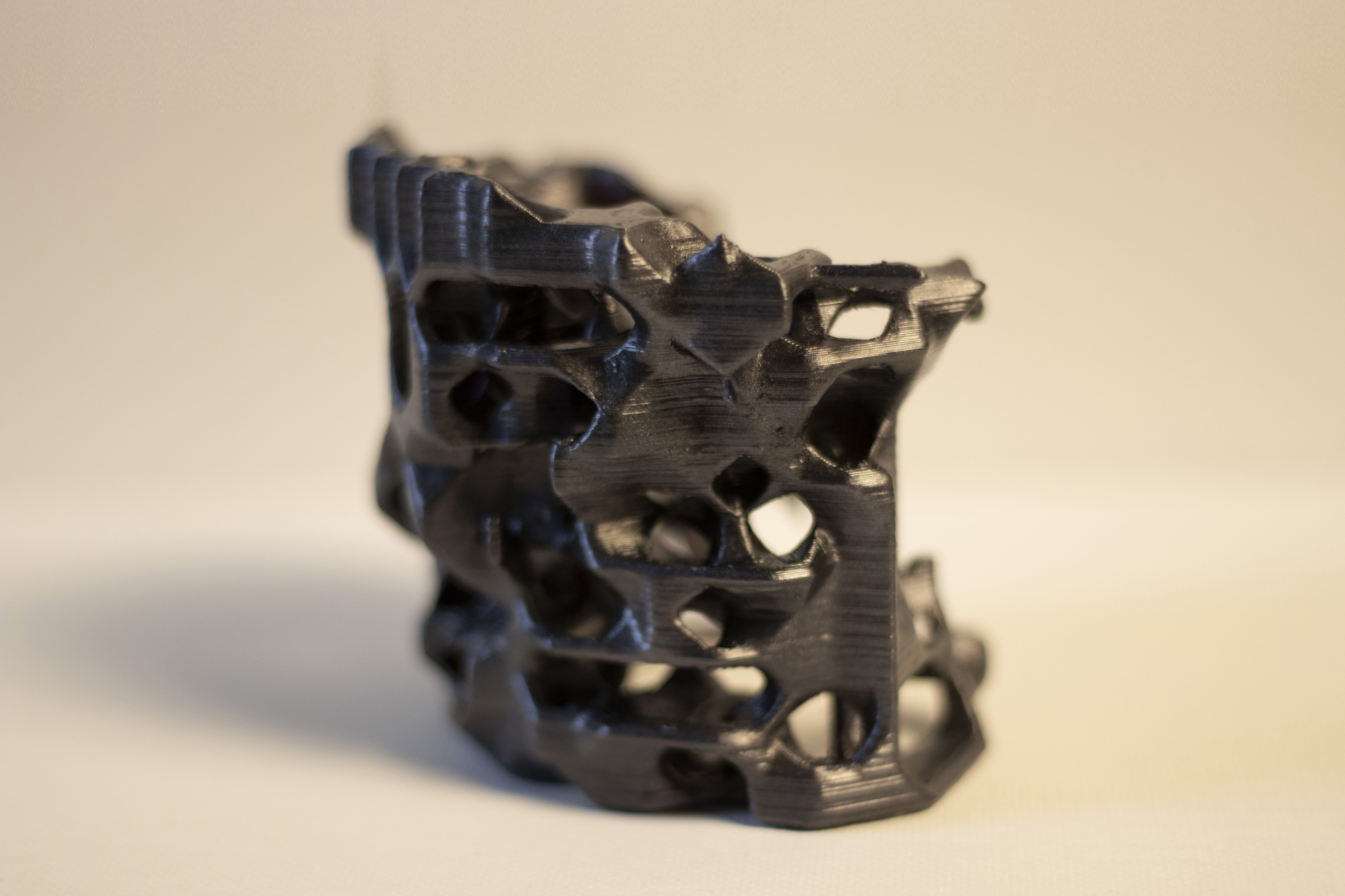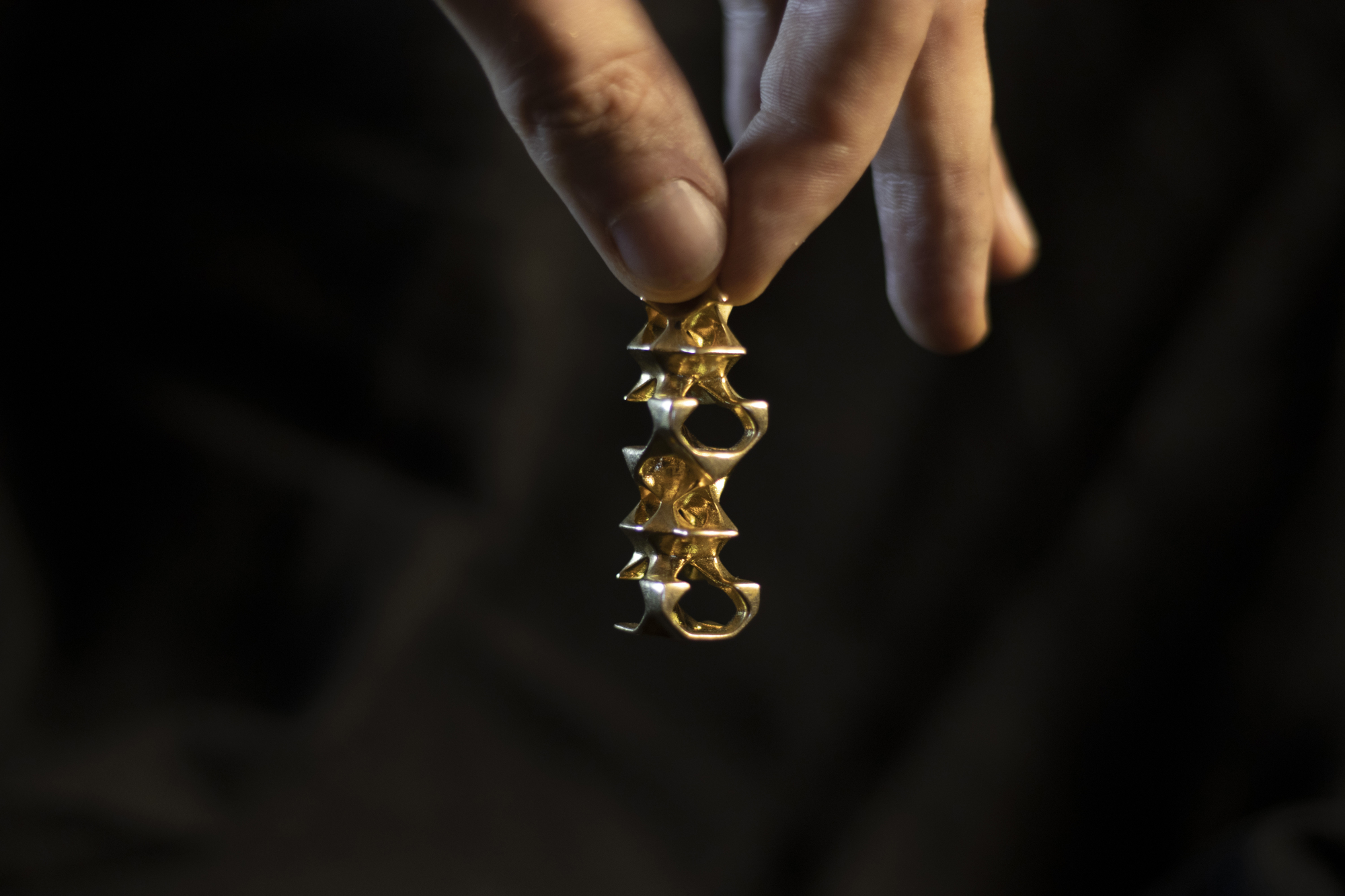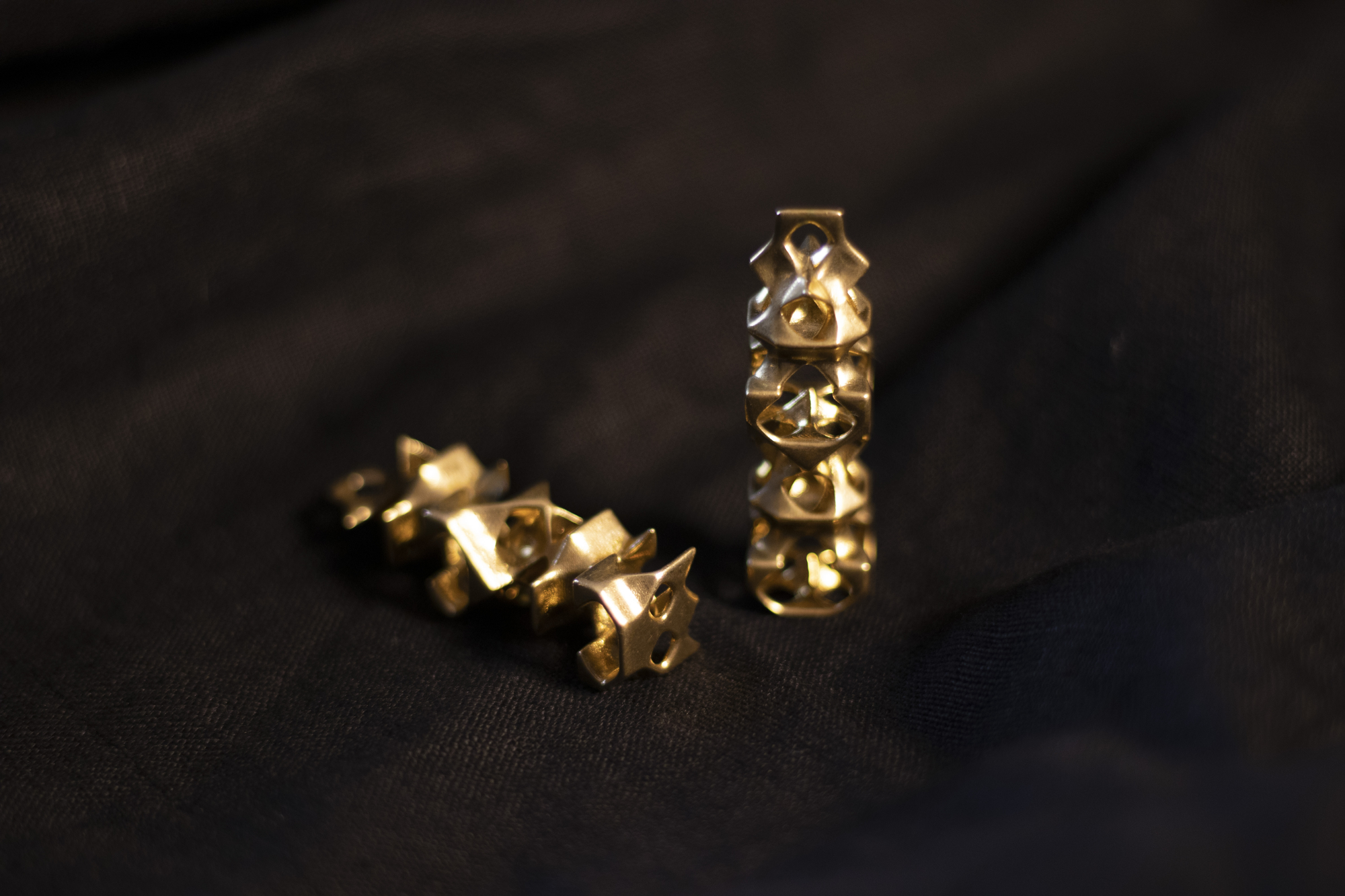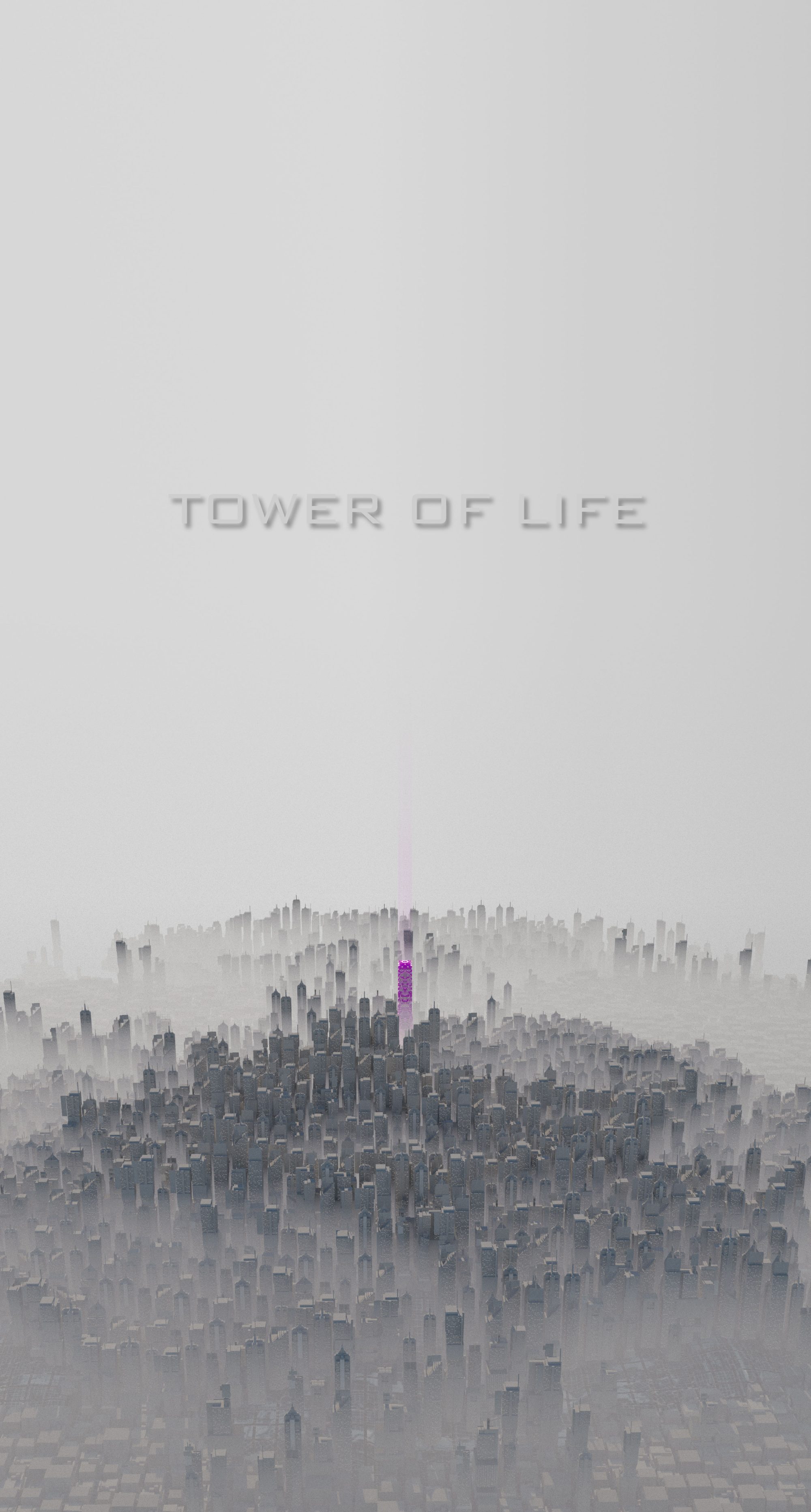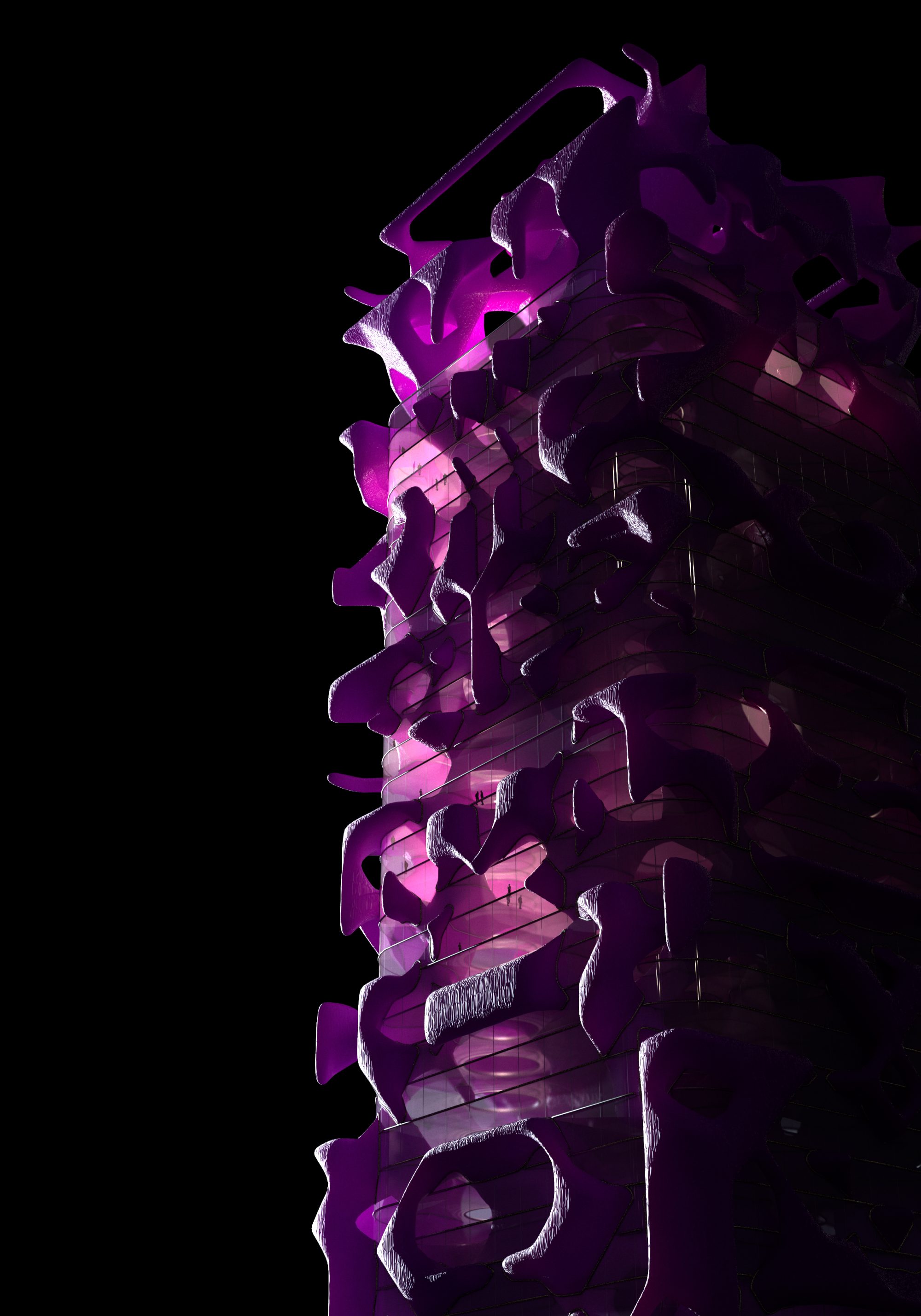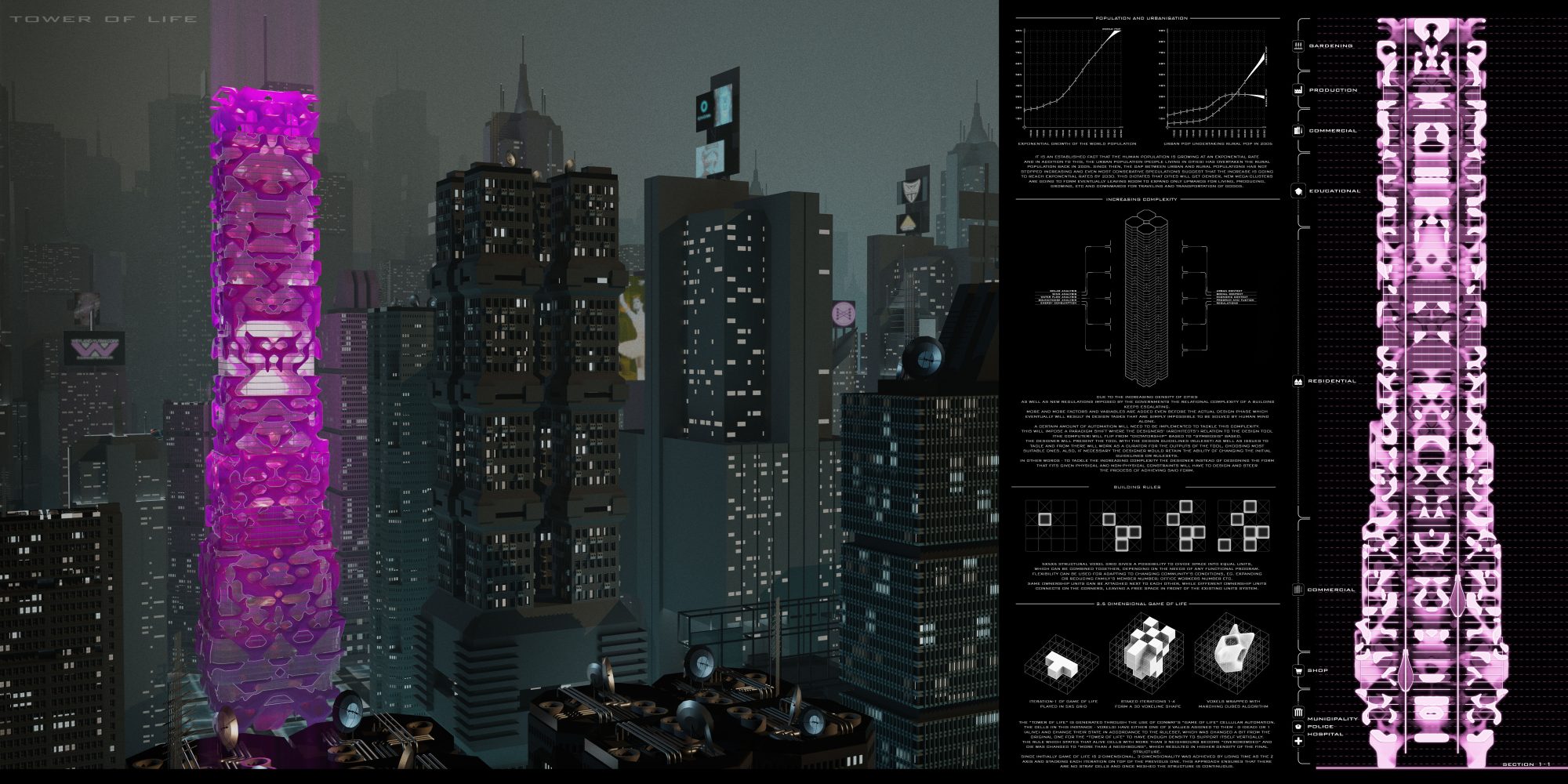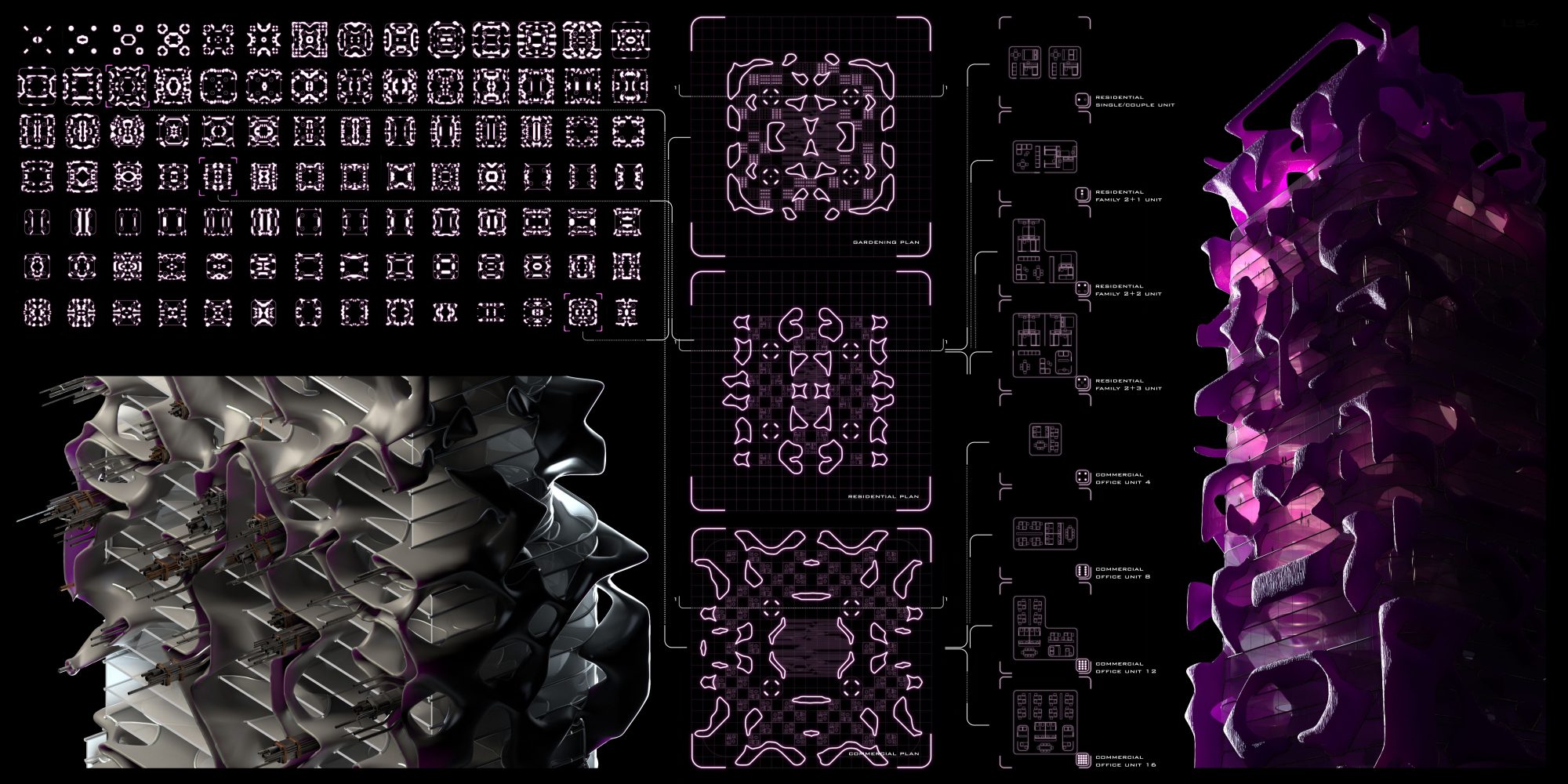PROJECT NAME
VERY GOOD PROJECT 02
TYPE
Public, multipurpose use
LOCATION
Future
AREA
–
YEAR OF COMPLETION
2020 Concept
DESCRIPTION
It is established fact that the human population is growing at an exponential rate and in addition to this, the urban population (people living in the cities) had overtaken the rural population back in 2005. Since then, the gap between urban and rural population has not stopped increasing and even most conservative speculations suggest that the increase is going to reach exponential rates by 2030. This dictates that cities will get denser, new mega-clusters are going to form eventually leaving room to expand only upwards for living, producing, growing, etc. and downwards for traveling and transportation of goods.
Due to the increasing density of cities as well as new regulations imposed by the governments the relational complexity of building keeps escalating. More and more factors and variables are added even before the actual design phase which eventually will result in design tasks that are simply impossible to be solved by the human mind alone. A certain amount of automation will need to be implemented to tackle this complexity. This will impose a paradigm shift where the designers’ relation to the design tool (the computer) will flip from ‘dictatorship’ based to ‘symbiosis’ based. The designer will present the tool with the design guidelines (rule set) as well as issues to tackle and from there will work as a curator for the outputs of the tool, choosing most suitable ones. Also, if necessary the designer would retain the ability of changing the initial guidelines or rule sets. In other words – to tackle the increasing complexity the designer instead of designing the form that fits given physical and non-physical constraints will have to design and steer the process of achieving said form.
The 5x5x5 structural voxel grid gives a possibility to divide space into equal units, which can be combined together, depending on the need of any functional program. Flexibility can be used for adapting to changing community’s conditions, e.g. Expanding or reducing family’s member numbers: office workers numbers etc. Same ownership units can be attached next to each other, while different ownership units connect on the corners, leaving a free space in front of the existing units system.
The Tower of Life is generated through the use of Conway’s Game of life cellular automaton. The cells (in this instance – voxels) have either one of 2 values assigned to them – 0 (dead) or 1 (alive) and change their state in accordance to the rule set, which has changed a bit from the original one for the “Tower of life” to have enough density to support itself vertically. The rule which states that alive cells with more than 3 neighbors become “overcrowded” and die was changed to “more than 4 neighbors”, which resulted in higher density of the final structure.
Since the initial game of life is 2-dimensional, 3-dimensionality was achieved by using time as the Z axis and stacking each iteration on top of the previous one. This approach ensures that there are no stray cells and once meshed the structure is continuous.
